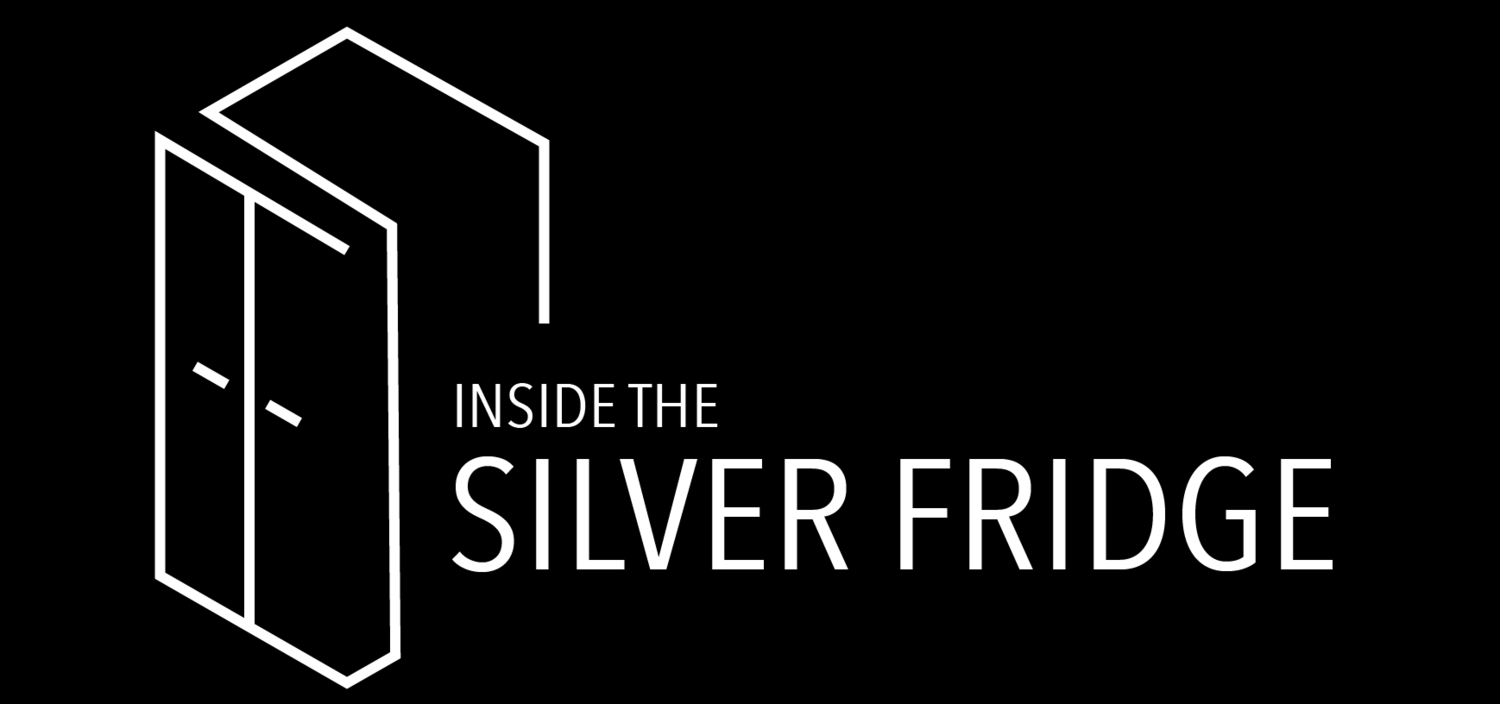Distance Learning: Interstitial Lung Disease
Objectives:
Recognize the clinical presentation of ILD
Differentiate ILD etiologies
Describe the most common radiographic and histopathologic types of ILD
Theory:
Additional Resources:
Interstitial lung disease are hard to understand and many fellows have a hard time grasping. It may take a few different explanations and approaches to start making sense of it. Take the time to work through Dr. Schact’s wonderful power point above. Then watch the Louisville Lecture on ILD (spoiler - the lecturer has a fantastic British accent). I’ve also attached a great NEJM review article.
Imaging Review:
As you have no doubt seen identified that interstitial lung diseases are heavily imaging heavy. Let’s practice looking at High-Resolution CT Chests. Click on the images below to review the images, then answer the questions.
Before starting, review the ATS guidelines on imaging criteria for UIP, the “classic” pattern is to the left, but check out the whole summary from radiopaedia





